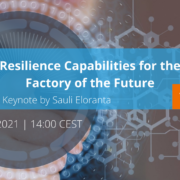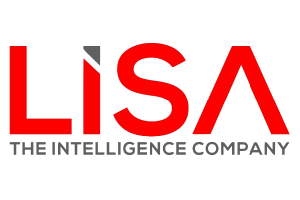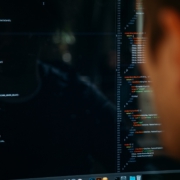CyberFactory#1 auf der ESM 2021: Invited Talks
Das CyberFactory#1 Konsortium hat einen zweiten Workshop auf der diesjährigen 35. European Simulation and Modelling Konferenz organisiert, die vom 27.-29. Oktober stattfand. Ähnlich wie der erste CyberFactory#1-Workshop im letzten Jahr bestand auch dieser aus Vorträgen und einer Paper-Session bestehen. Vier unserer Konsortiumsmitglieder hielten Keynotes und haben dabei einen unserer Anwendungsfälle vorgestellt, sowie über verschiedene Aspekte der Fabrik der Zukunft gesprochen, die die Sicherheit und Optimierung der Produktion fördern.
Invited Talks:
Sprecher: Adrien Bécue (Head of Innovation Airbus Cybersecurity, Elancourt, France)
2. Holistic Correlation of Events from increased Security and Safety of Factories of the Future
Sprecher: Isabel Praça (Professor at ISEP and Researcher at GECAD, Porto, Portugal)
3. Realistic Simulation-based Fleet of cobots for FoF Optimization in Complex Scenarios
Sprecher: Sergi Garcia (PAL Robotics, Barcelona, Spain)
4. CyberFactory#1 – Increasing the FoF Resilience with Modelling and Simulation Tools
Sprecher: Jarno Salonen (Industrial Cybersecurity, VTT Technical Research Centre of Finland, Tampere, Finland)
Weitere Informationen zur Konferenz, den Sprechern und ihren Themen finden Sie hier.
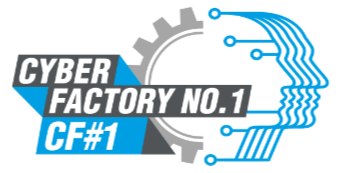
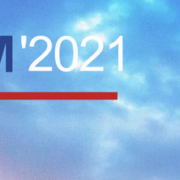
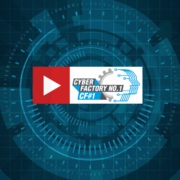
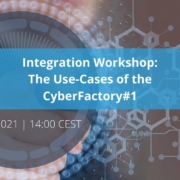
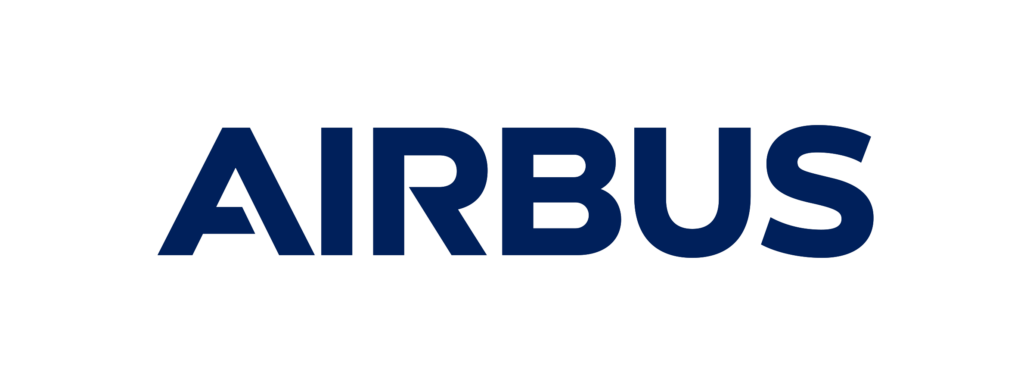

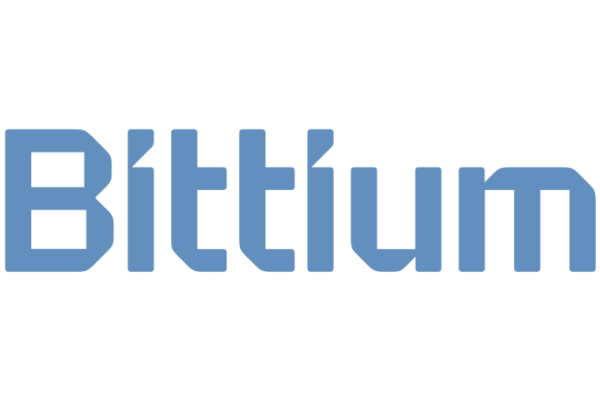
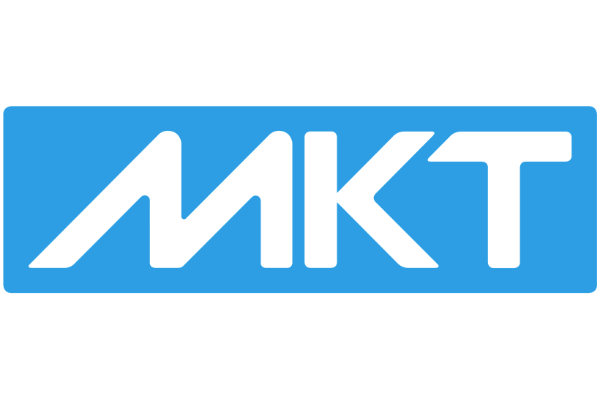



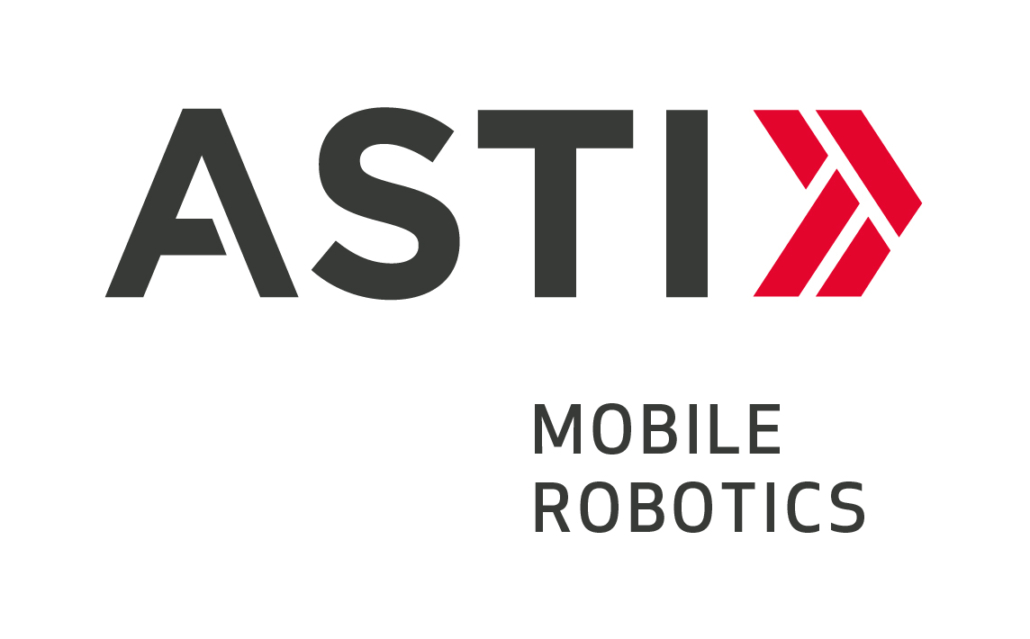
 https://pixabay.com/photos/writing-write-person-paperwork-828911/
https://pixabay.com/photos/writing-write-person-paperwork-828911/